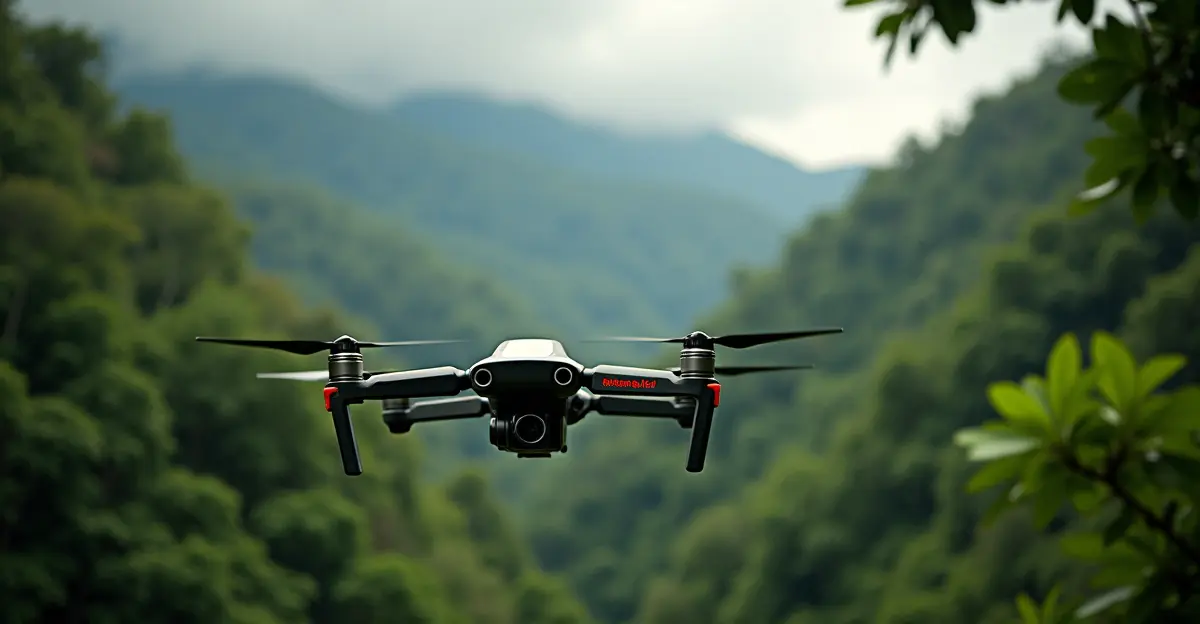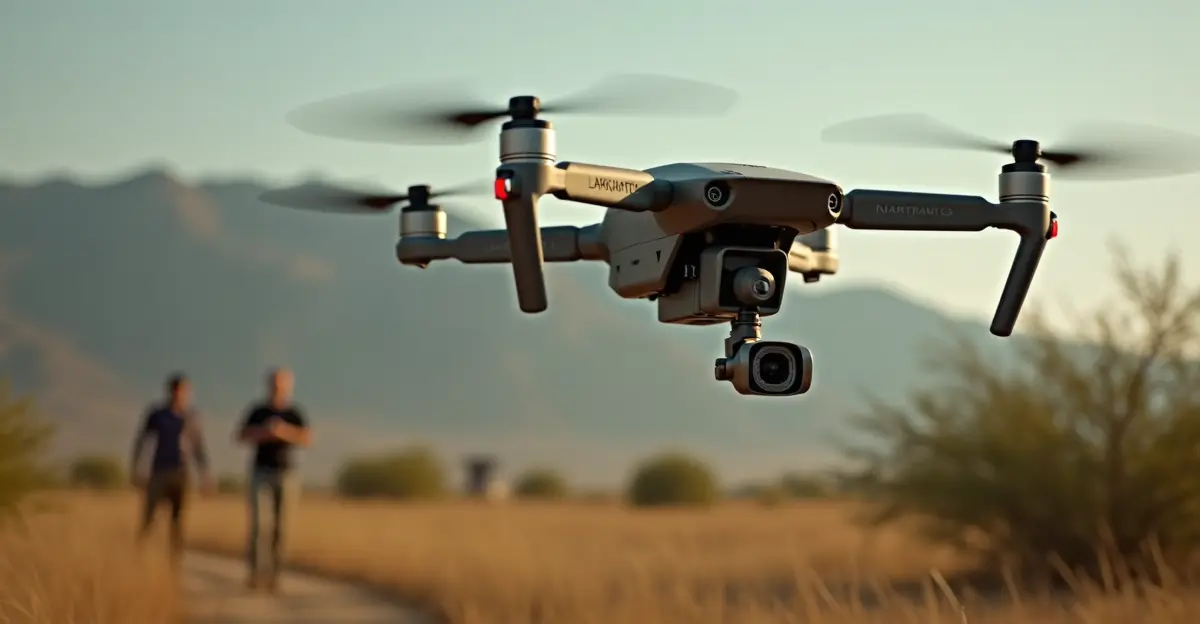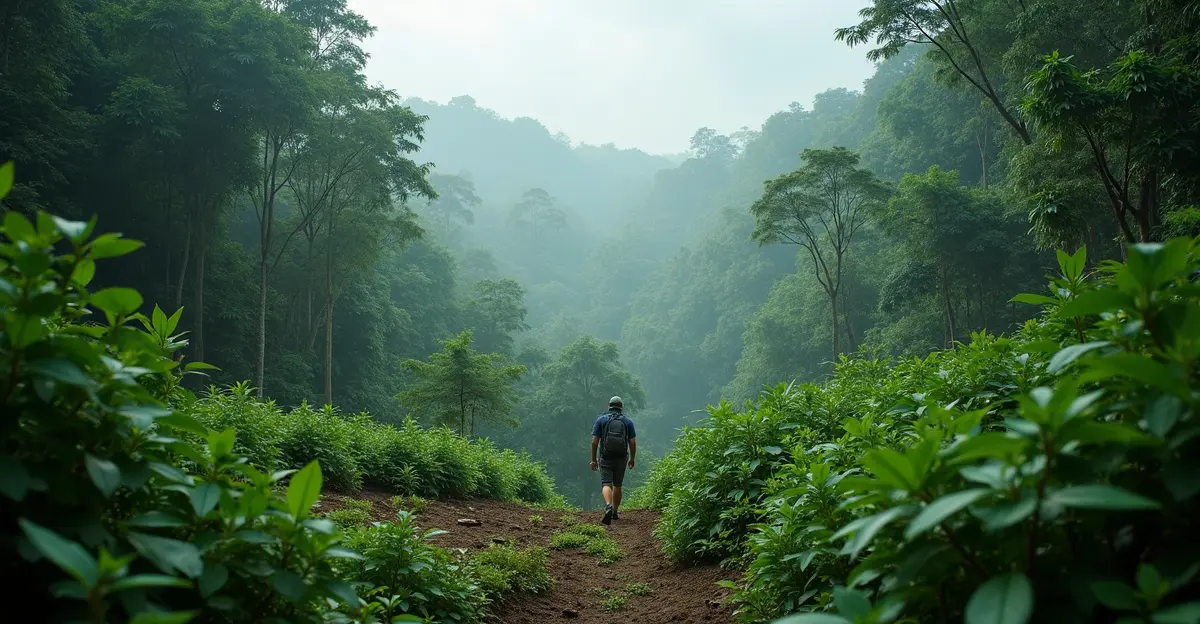Scientists are using bioacoustics and AI to monitor rainforest health by analyzing sound recordings. This method helps track biodiversity, detect environmental changes, and combat illegal activities like logging.

How Scientists Use AI to Monitor Rainforest Health
In the fight to preserve the world's rainforests, scientists are turning to an innovative tool: bioacoustics. By analyzing the sounds of forests, researchers can monitor biodiversity, track species populations, and assess ecosystem health. This non-invasive method leverages artificial intelligence (AI) to process vast amounts of acoustic data, providing real-time insights into the state of these critical habitats.
The Science of Bioacoustics
Bioacoustics is the study of sound production, dispersion, and reception in animals. It has evolved from simple listening techniques to advanced AI-driven analysis. Today, scientists deploy autonomous recording devices in rainforests to capture sounds around the clock. These recordings are then processed using machine learning algorithms that can identify species, detect changes in behavior, and even predict environmental stressors.
AI and Rainforest Monitoring
AI plays a pivotal role in bioacoustic research. Algorithms trained on thousands of hours of recordings can distinguish between the calls of different species, from birds and frogs to insects and mammals. This allows researchers to monitor biodiversity without disturbing the ecosystem. For example, a decline in certain frog calls might indicate pollution or habitat loss, while an increase in bird diversity could signal successful conservation efforts.
Applications and Future Prospects
Beyond biodiversity monitoring, bioacoustics is being used to combat illegal logging and poaching. Sound sensors can detect the noise of chainsaws or gunshots, alerting authorities to illegal activities. The Rainforest Alliance and other organizations are also integrating bioacoustic data into their certification programs to ensure sustainable practices.
As technology advances, bioacoustics could become a cornerstone of global conservation efforts, offering a scalable and cost-effective way to protect our planet's lungs.

 Nederlands
Nederlands
 English
English
 Français
Français
 Deutsch
Deutsch
 Español
Español
 Português
Português









